What Animals Do Coral Reefs Support?
Coral reefs are the bustling underwater metropolises where everything from tiny plankton to massive predators assemble for a good time. If coral reefs were cities, they'd be a mix between New York City and a tropical paradise, packed with critters of all shapes, sizes, and colors. And just like any good party, everyone plays a part in keeping the vibe going. So, let's dive into the vibrant world of coral reefs and the animals that rely on them!

The Basics: What Even Is a Coral Reef?
Before we dive deeper, let's get one thing straight: coral reefs are not just colorful rocks. Believe it or not, coral is a living organism! It's a community of tiny animals called polyps, which form colonies that grow over thousands of years. As these polyps multiply, they secrete calcium carbonate, which forms the hard, protective skeleton we see and love in ocean documentaries.
If you're curious about just how important coral reefs are, we've got a whole blog post about that right here: The Importance of Coral Reefs.
But enough about the coral themselves—let's talk about the guests at their never-ending underwater party.

The Clean-Up Crew: Fish of All Shapes and Sizes
Coral reefs are home to over 4,000 species of fish! That's mind-boggling, considering these reefs cover less than 1% of the ocean floor. Some fish that hang out in coral reefs are there to snack on the algae that can overgrow and harm the coral. Think of them as the janitors who keep the party running smoothly. Enter the parrotfish, which munches on algae-covered coral and, um, poops out sand. Yes, the beautiful sandy beaches you enjoy on tropical vacations? Thank parrotfish poop for that!
Other fish, like the clownfish (a.k.a. Nemo), have a special relationship with anemones, the spiky houseplants of the ocean. The clownfish get protection from predators by living among the stinging tentacles of the anemones, while they, in turn, help keep the anemones clean. It's the ultimate “you scratch my back, I'll scratch yours" arrangement.
Then there are butterflyfish, who flit around like the social butterflies they are—colorful, graceful, and always turning heads at the reef party.

The Muscle: Predators on Patrol
Not all reef dwellers are there to nibble on algae or float around looking pretty. Some are there to keep the balance by acting as the bouncers, ensuring nobody oversteps their welcome. Enter the predators!
One of the stars of this group is the reef shark. There are several species of reef sharks, such as the blacktip andCaribbean reef sharks, which glide around the coral reefs like they own the place. While they might look intimidating, reef sharks balance the ecosystem by controlling fish populations. They're like the stern headmaster ensuring no fishy business (pun intended).
Then there's the moray eel, the sneaky party-goer that hides in crevices, waiting for an unsuspecting fish to swim by. These guys might be a little creepy with their long, snake-like bodies and wide-open mouths, but they're essential to keeping the coral reef food chain strong.

The Decorators: Invertebrates and Mollusks
Every party needs a bit of bling, and coral reefs are no different. That's where invertebrates like sea stars, sea cucumbers, and nudibranchscome in. Nudibranchs are the fashion icons of the reef, with their vibrant colors and dazzling shapes. Imagine neon-colored slugs, but much more remarkable.
Sea cucumbers, on the other hand, may not win any beauty contests. Still, they're like the underappreciated janitors of the reef, filtering water and munching on detritus (that's ocean speak for "junk on the sea floor").
And let's not forget about the giant clams! These stationary creatures can grow enormous and live for over 100 years. Their colorful mantles (the fleshy part you see sticking out of the shell) make them the showpieces of the reef. They also help filter the water and provide shelter for smaller fish.

The Homebodies: Crustaceans That Keep Things Moving
In the bustling coral reef, you'll find a host of crustaceans, like crabs and shrimp, scuttling about. One of the most famous shrimp species on the reef is the cleaner shrimp, which sets up cleaning stations to help larger fish get rid of parasites and dead skin. The shrimp get a free meal, and the fish get a spa day. Win-win!
Then, there's the pistol shrimp, which packs a serious punch—literally. This shrimp can snap its claws so fast that it creates a small bubble that, when it pops, produces a sound loud enough to stun prey. Talk about a party trick!
Not to be outdone, hermit crabs wander around the reef wearing borrowed shells, looking for a new home every time they outgrow their current one. They're the nomads of the coral reef, always moving and shaking.

The Photographers' Favorite: Sea Turtles
We can't talk about coral reef animals without mentioning sea turtles. These majestic creatures often use coral reefs as feeding grounds. Depending on the species, they might munch on seagrass, sponges, or jellyfish. Fun fact: the hawksbill sea turtle is particularly fond of sponges, which help keep sponge populations in check and give corals more room to grow.
Sea turtles are also considered keystone species because of their crucial roles in maintaining their ecosystems' health. Their mere presence on a coral reef signals that the ecosystem is functioning well—like seeing VIPs at a party, it's the place to be.

The Microscopic MVPs: Zooplankton and Phytoplankton
Let's not forget about the little guys. Zooplankton and phytoplankton may be microscopic, but they play a massive role in the coral reef ecosystem. Phytoplankton are the ocean's photosynthesizers, absorbing sunlight and turning it into food, which makes them a critical source of energy for many reef species.
Zooplankton, on the other hand, are tiny animal-like creatures that drift through the water and become an essential food source for many larger reef inhabitants. These microscopic organisms form the backbone of the food web that sustains coral reefs.

Why Coral Reefs Matter (And Why We Should Care)
It's clear by now that coral reefs aren't just pretty to look at—they're vital to ocean life. These ecosystems support an estimated 25% of all marine species, making them one of the most biodiverse places on the planet. Without coral reefs, many species we've just talked about would lose their homes, which would have ripple effects throughout the entire ocean ecosystem.
Let's not forget about us humans. Coral reefs also provide essential services to people, from protecting coastlines from erosion to supporting fisheries that millions of people rely on. Plus, many medicines—especially those used in cancer treatments—are being developed from coral reef organisms.

How We Can Help Protect Coral Reefs
As impressive as coral reefs are, they're also under serious threat from climate change, pollution, and overfishing. But it's not all doom and gloom—there are plenty of ways we can help, even from dry land!
- Reduce your carbon footprint: The less we contribute to global warming, the better chance coral reefs have of surviving rising ocean temperatures.
- Be mindful of ocean-friendly products: From sunscreen to plastic use, every choice counts.
- Support coral reef conservation efforts: Whether through donations or spreading awareness, every little bit helps.
Coral reefs are one of nature's great treasures, and the animals they support are essential to the health of our oceans. So next time you find yourself gazing at a colorful reef in a documentary or (if you're lucky) in real life, remember the bustling world beneath the surface, teeming with life and ready to party.
Let's do our part to keep that party going! 🌊🐠

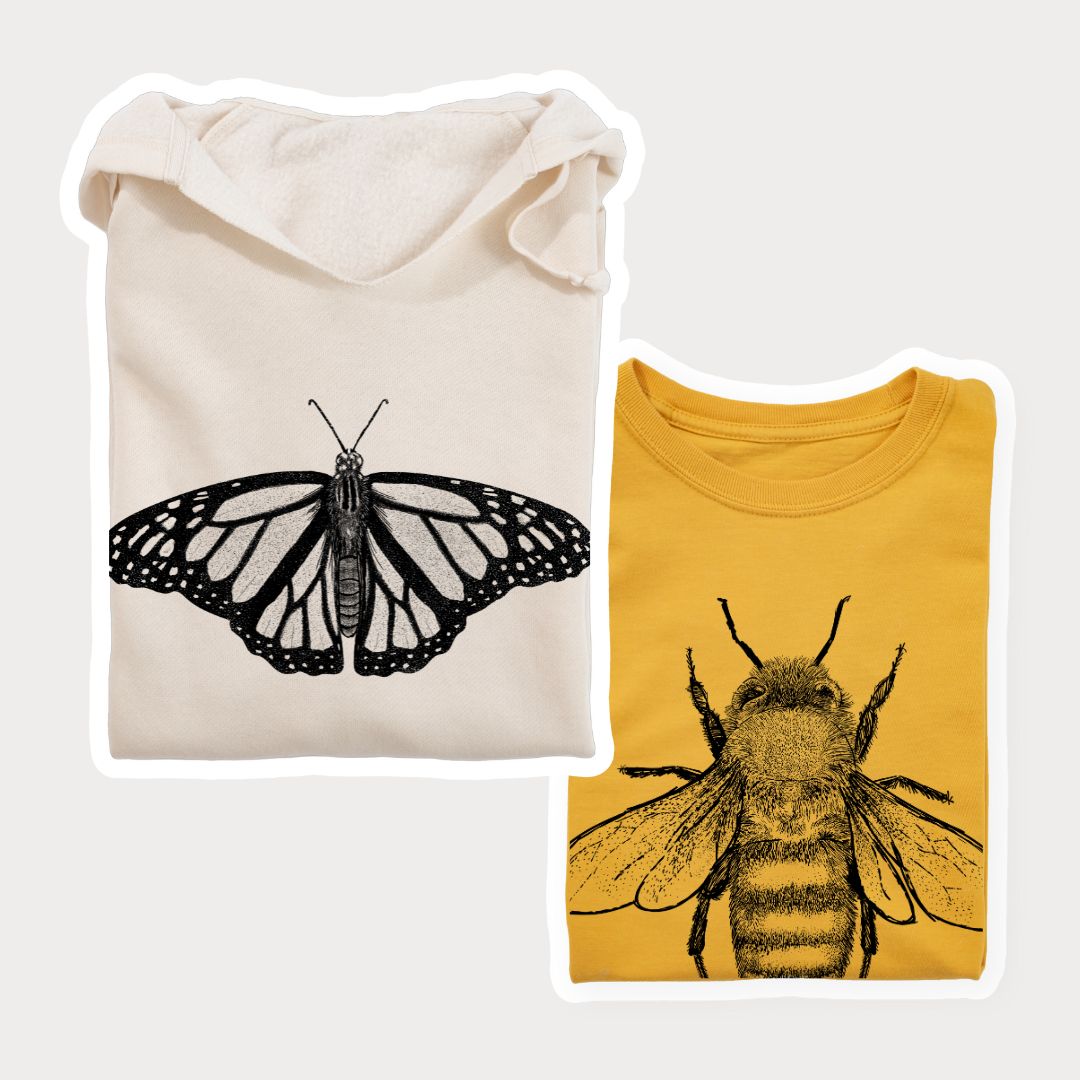



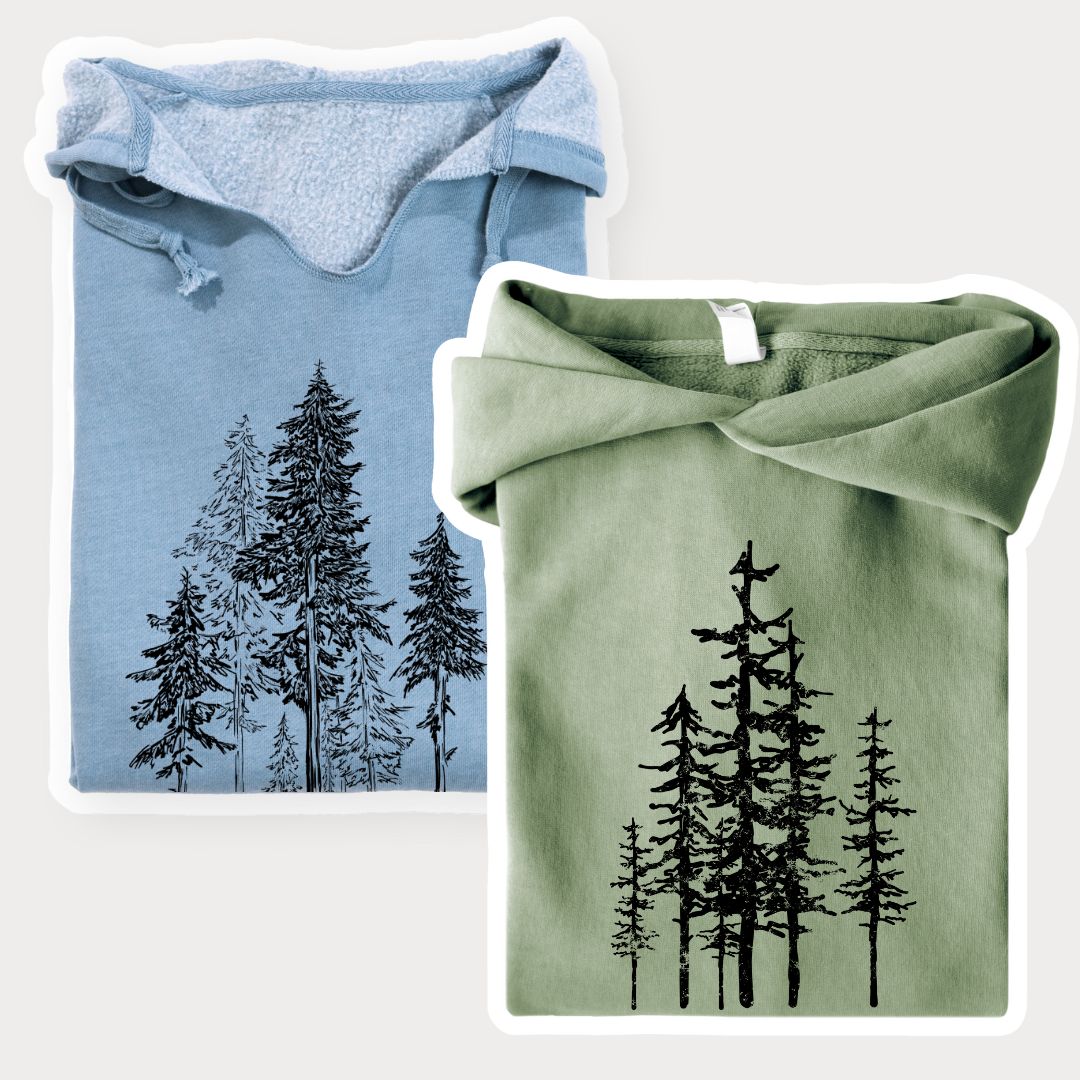
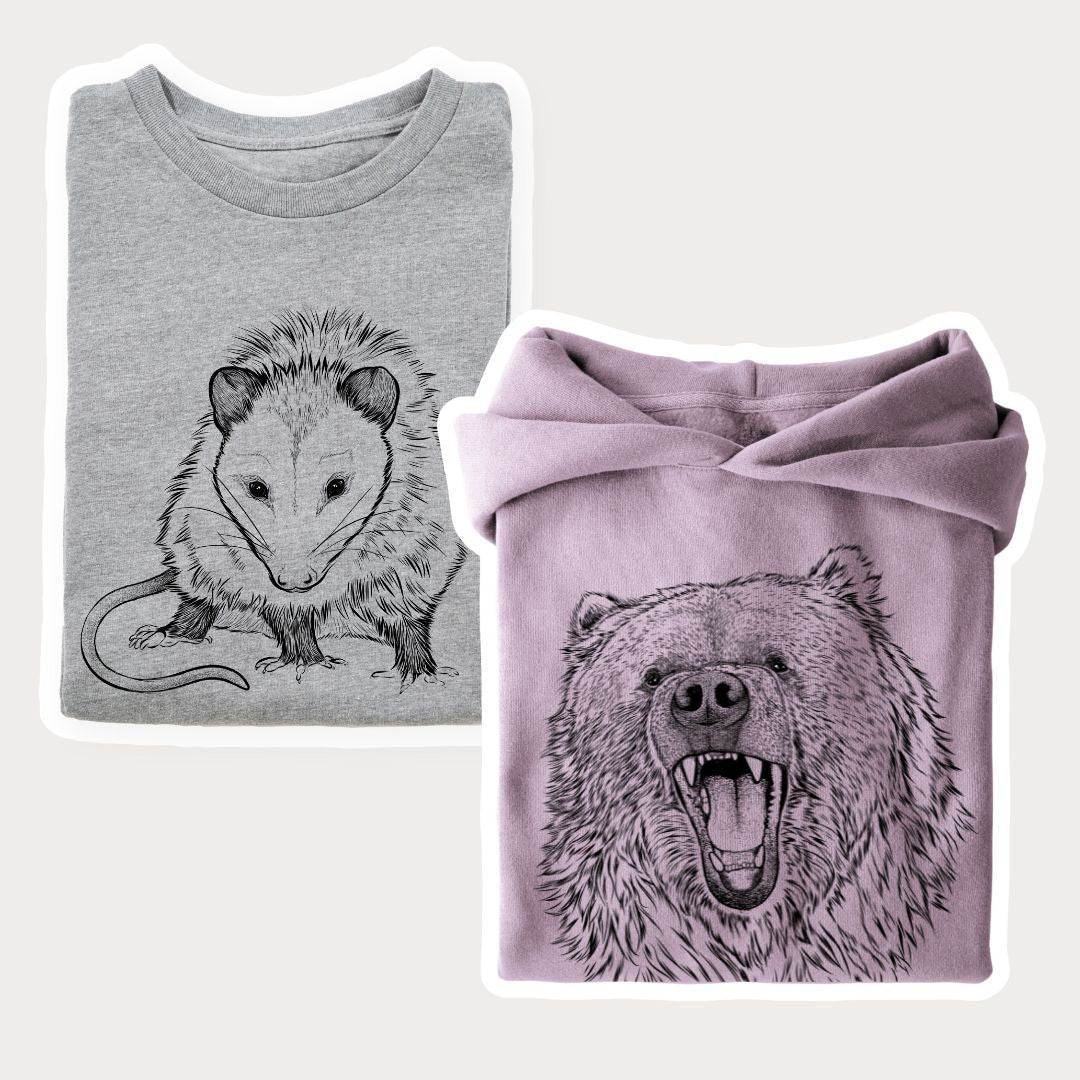




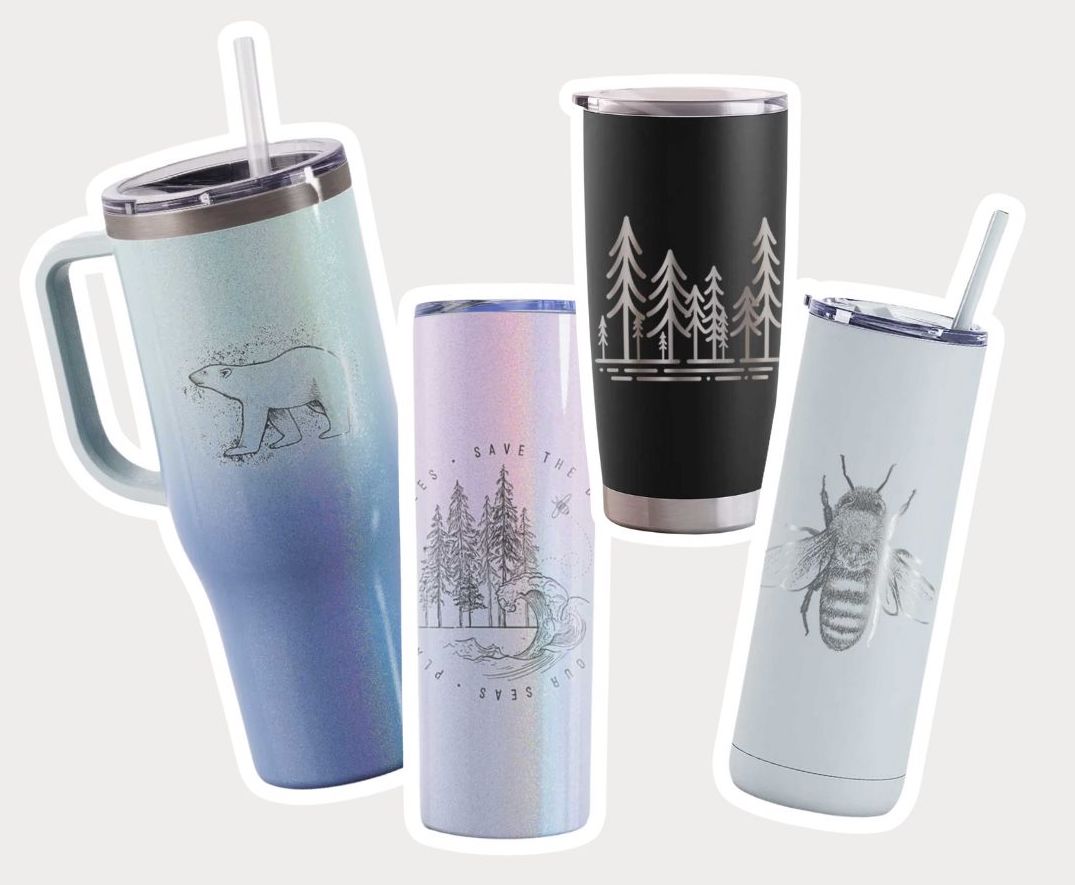

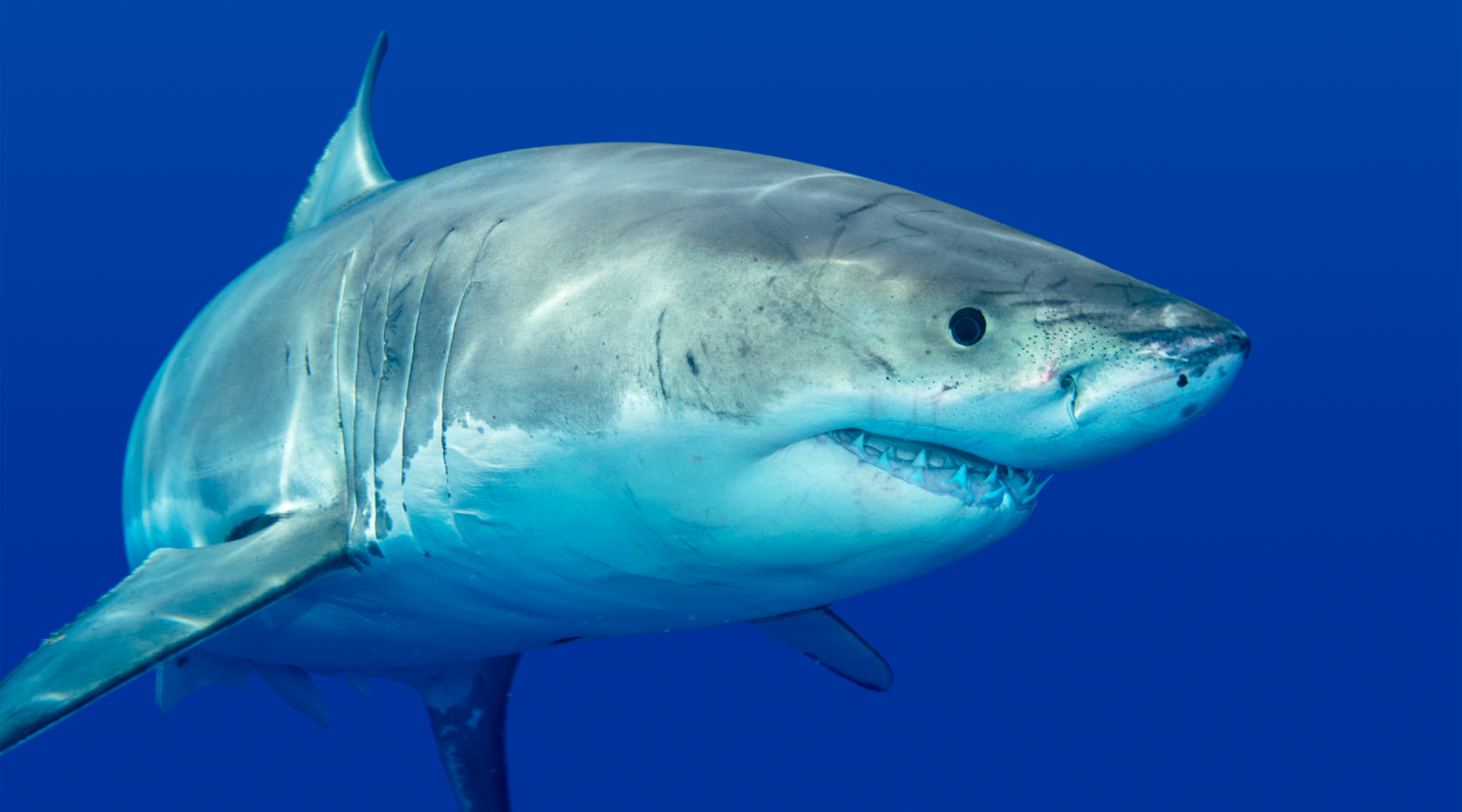


Leave a comment (all fields required)